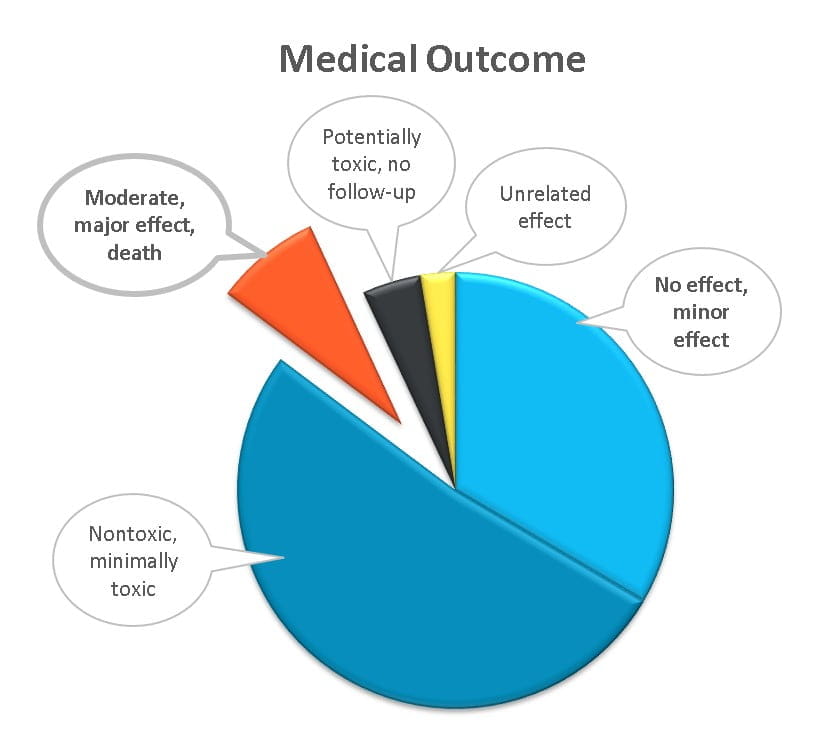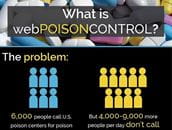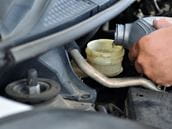
Privacy Policy
NCPC Privacy Policy
Displaying 181 - 190 of 388 results for "swallowed poisoning"
NCPC Privacy Policy
Krista Osterthaler is the Director of External Affairs for the National Capital Poison Center, a 501(c)(3) nonprofit corporation and accredited poison control center in Washington, DC. In her current role, Krista is responsible for communications and development activities for the center and webPOISONCONTROL.
Contact Poison Control right away if you suspect a poisoning. Help is available online with webPOISONCONTROL® or by phone at 1-800-222-1222. Both options are free, expert, and confidential.
Not everyone who is poisoned contacts Poison Control for help. Now that there is an online option for expert Poison Control guidance, more people can get the help they need, the way they prefer to receive information. View the infographic for more information.
Raw chicken should be cooked in an oven to an internal temperature of 165 degrees Fahrenheit. Washing or rinsing chicken during food preparation can spread germs and increase the risk of illness. Salmonella, a common foodborne illness, causes self-limited gastrointestinal symptoms in most people, but certain individuals may develop severe infection.
Check out our poison prevention tips and articles for seniors.
Organic arsenic is less toxic than inorganic arsenic. Inorganic arsenic contaminates groundwater. Vomiting, neurological, and cardiac toxicity, anemia and rashes occur with acute toxicity. Chronic toxicity is associated with gastrointestinal symptoms, anemia, decreased white cells, peripheral neuropathy, liver damage, and vascular insufficiency. Arsenic is a human carcinogen.
Hydraulic fluids are used for the transmission of power, which is captured when the fluid is pushed from one confined place to another using pressurized tanks, pistons, and tubing. Hydraulic fluids also keep parts lubricated, transfer heat, and remove impurities. There are many types of hydraulic fluids used for different applications, and all should be considered potentially dangerous.
Poison Control help is now available online, with webPOISONCONTROL®. It's brought to you by poison control experts and is an alternative to calling the 1-800-222-1222 hotline.
Check out our tips and articles for preventing poisonings during the holiday season.
Don't guess what you should do. Get accurate Poison Control answers online or by phone. Both are free and confidential.
or CALL 1-800-222-1222
The Poison Post® is a free, quarterly
e-newsletter delivering poison prevention tips right to your inbox!
Learn the Poison Help jingle in English or Spanish. Use these jingles to teach the Poison Control number: 1-800-222-1222. Available for download.










